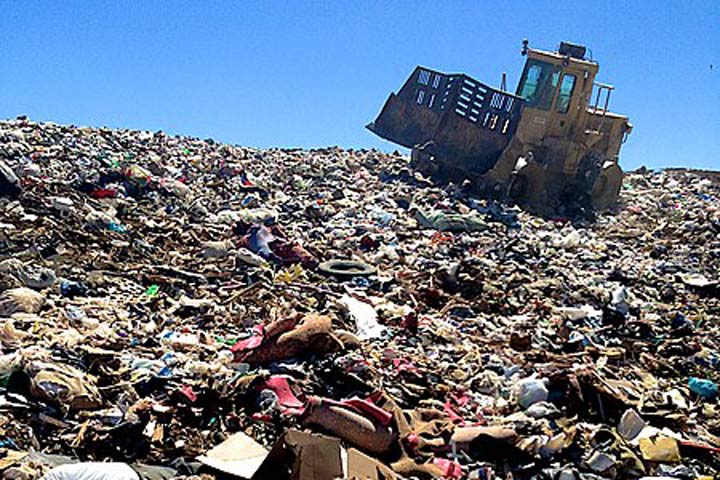RECYCLING
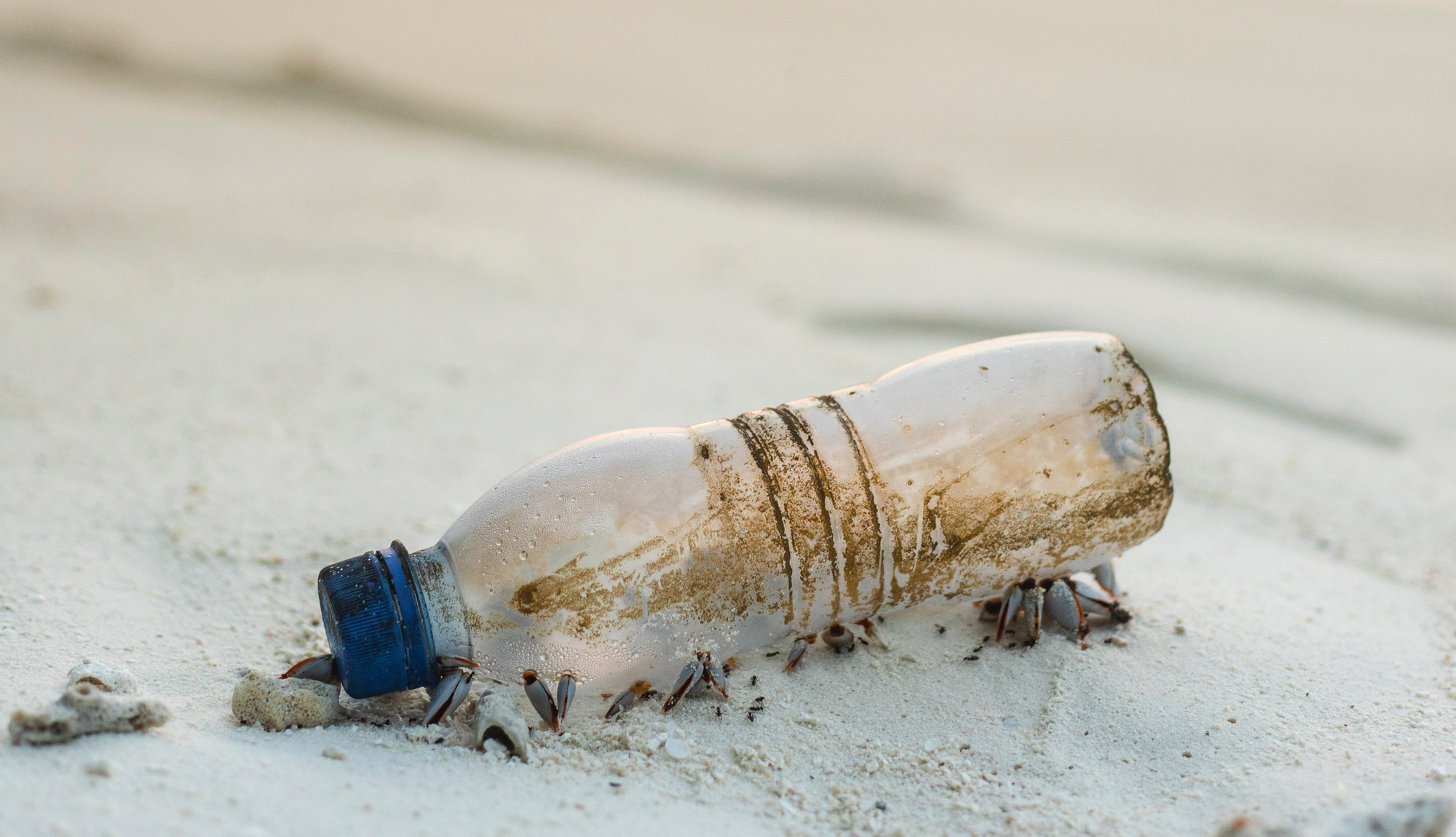
WASTE RECYCLING AND COMPOSTING
Reducing the amount of waste sent to landfills through intelligent recycling systems
To implement the following concept, we are planning to build a recycling yard based on the German model.
The goal is to recycle at least 90% of the amount that is currently sent to landfills.
In doing so, we are pursuing an out-of-the-box, innovative concept.
Briefly outlined, it consists of 6 different categories in descending priority.
Strategy for inorganic waste:
- Repair / Restoration
- Upcycling / other use
- Raw material recovery (granulate production)
- Delivery to the waste incineration plant
Strategy for organic waste
- Feeding to insect breeding (as feed for animal breeding)
- Composting for earth production
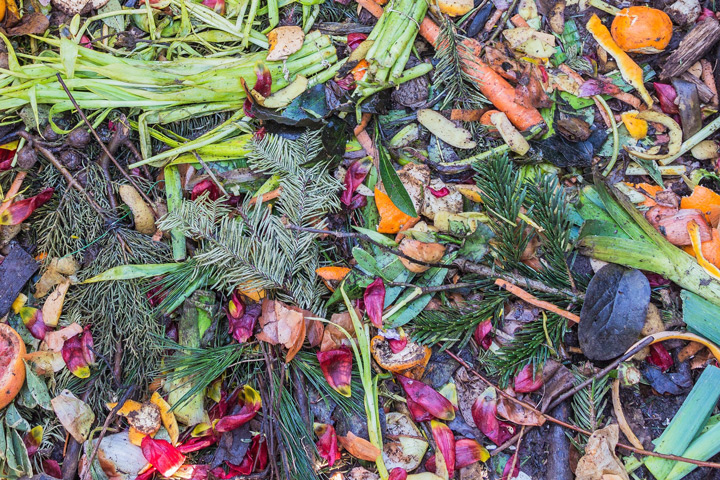
Background and current situation
Organic materials such as plant residues, leaves and coconut shells make up the main part of the waste generated. Therefore, we will establish a composting system for the majority of the waste.
Composting is unfortunately not a common standard in Indonesia. Instead, the resulting waste is burned in small quantities on a daily basis. This behavior continuously damages the sensitive ecosystem on the islands. Through composting, we can ensure a recovery of organic biomass into the ecological cycle.
In case anyone is wondering how we are going to make these things happen: We have previously tested many of the systems described here on a smaller scale. Of course, a lot of research work and, last but not least, some smart minds are involved. We are proud of a lot of in-house resources. This also puts us in the comfortable position of not having to outsource software or development and construction of the systems. So we can be very cost effective at the beginning. This is essential, because after all, we have to manage the donations as sensibly as possible.
STEP 1 – BUILDING A RECYCLING PLANT
Everything starts with a piece of land away from civilization. For the beginning we plan with 2000m², on which we build the structure for a recycling yard. This will include all the main elements of a recycling plant, such as temporary storage and sorting points, but also transport routes and access points.
Then sealed areas are laid out and additional roofing is built. This is where the sorted materials are stored, protected from the sun’s rays. This is necessary to prevent further deterioration of the plastics and to prevent the progression of microplastics.
For safety reasons (so as not to put animals or people in danger) we have to fence the area. As a last step, a small administration building of 50m² will be built. This will house the office, sanitary facilities and changing rooms.
STEP 2 – COLLECTING THE WASTE
When the waste arrives at our site, the quantity, origin, condition and components are recorded. This is extremely important for reports and evaluations for project analysis. Basically, we will establish the following options for waste arrival to the recycling yard:
Acceptance
Acceptance or drop-off of waste on site at the recycling yard.
Container
Local, temporary collection container to accept waste.
Collection
Collection of commercial waste by our own vehicles.
Clean-Ups
Pick-up or acceptance of waste collected at clean-ups.
STEP 3 – SEPARATION AND SORTING
At the beginning, sorting and separation is done manually on conveyors by the employees. As it is common practice in Bali to sort and dry the waste, this work is not comparable to that in Europe. In the process, single-variety collections will be created in the raw materials area. This is expected to be predominantly for materials such as PET bottles, as this material can be easily identified. Probing will continue until 90% of the waste is categorized.
STEP 4 – COMPOSTING AND RECYCLING
Composting has been uncommon in Indonesia. However, there are now small composters set up by the government in some places to introduce the system to the people. Here we would also like to point out the pioneering role of the Eco Bali initiative. Nevertheless, there is still a lot of room for improvement in this area.
Construction of a composting
At this point, we want to hook up and also set up a system composting for the production of topsoil on the recycling yard site. A freely accessible competence center is also planned, in which every step of the composting process will be illustrated.
If you want to support activities in this direction right now, check out the Urban Compost project.
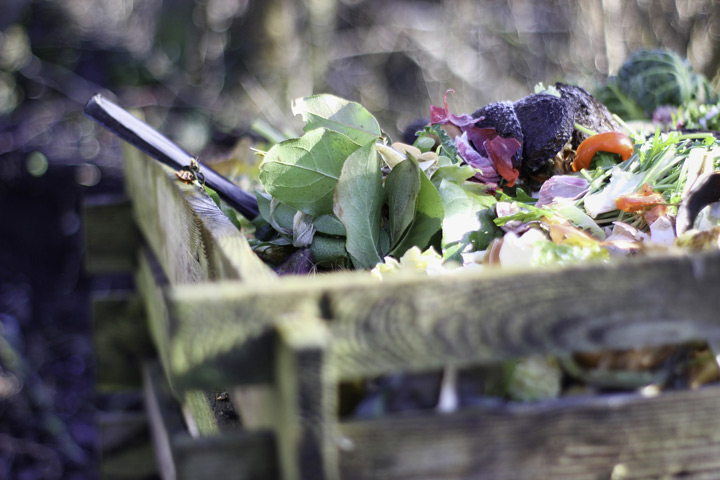
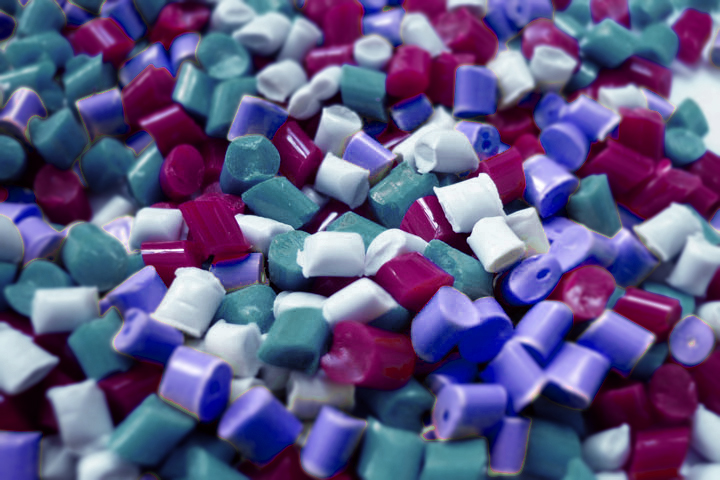
Recycling of raw materials
The recycling of plastics is done according to the market situation. For some materials there is already an existing market. These are then processed into granulate and sold. For the materials that are currently worthless, we will set up a development department. Here we will look for uses that meet the most sustainable criteria possible.
Disposal of the residual material
The estimated remaining 10%, which we can neither determine nor recycle, we will take to the waste incineration plant in the south of Bali.
Currently, the majority of the waste from the north of Bali is stored unsorted in a landfill. It cannot be ruled out that this will find its way into the sea during heavy rainfall. We will not support this solution in any case.
